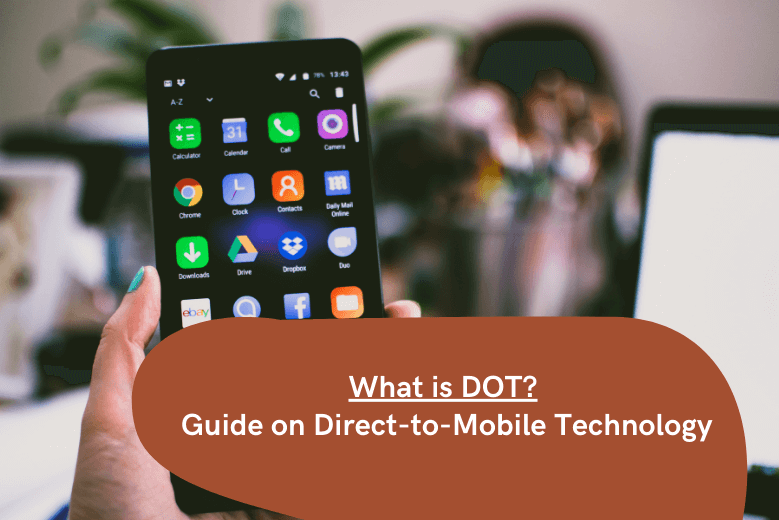
DOT (Department of Telecommunications) is paving the way for revolutionary technology to facilitate emergency alerts and educational systems. Indian Government is working to identify the horizons of Direct-To-Mobile (D2M) technology and its utility for mobile users.
Direct-to-mobile connectivity aims to connect TV channels on smartphones without an internet connection. It is a unique idea brought to light with the collaborative work of the Department of Telecommunication (DOT), the Ministry of Information and Broadcasting (MIB), and IIT-Kanpur. This can aid in providing uninterrupted content delivery through various mediums.
Inception of D2M Technology
The D2M technology was unveiled on June 1 in a white paper released by the IIT-Kanpur along with DOT and Prasar Bharti, India, stating the evolution of D2M as the NextGen Broadcast (NGB) along with additional existing technologies that provide optimal outcomes.
It is essential to understand the origin of Direct-to-Mobile technology, which is akin to FM Radio. There is a device that tunes into various radio frequencies and combines the broadcast and broadband technologies alongside. This allows mobile users to get digital TV signals within the designated location. D2M can offer extensive multimedia content and TV broadcasts, which users can easily browse across their smartphones without the internet.
The renowned CEO of Saankhya Labs, Parag Naik, recognizes D2M as the “Made in India” discovery that potentially changes mobile users’ content consumption. He stated, “It’s an indigenous ‘Made in India’ technology, and it is the first of its kind in the world. D2M is going to revolutionise content delivery, especially video content. Consumers today are watching videos on their phones; most of the things are consumed on phones, and with D2M tech, they would be able to receive video content without having to pay for data plans.”
People can now browse unlimited video content without bothering about the data charges. Sources reveal that India has over 800 million registered mobile users, and the D2M technology can bring across a paradigm shift mainly for emergency alerts or educational purposes. Perhaps there’s a high chance that telecom operators might not support the technology as it can impact their business plans or the data revenue.
K Rajaraman, DoT Secretary, stated in a conclave at IIT Kanpur that DoT is setting up a committee to study the band used by mobile services and broadcast providers. The anticipated 526-582 MHz band might prove sufficient to support both broadcast and mobile users.
Potential Growth of D2M Technology
The shifting interests of mobile users from TVs to smartphones is the key to increased mobile data growth in India. Connecting broadcasting services to smartphones can minimize data usage and enable people to stream HD-quality videos and images on their cellular networks. It is imperative to analyze the strategic capability of this technology and bring it into effect on a mass scale.
DoT is undergoing feasibility studies on D2M technology as it is still in the trial phase, and its successful launch rests on various factors. It is interesting to watch if the Government extends its required support with required propositions and policy reforms!

